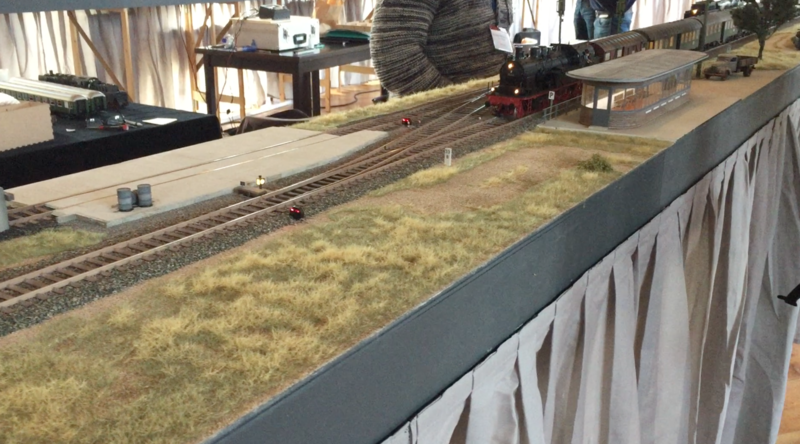Fossgis: lightning talks wednesday¶
(One of my summaries of a talk at the 2017 fossgis conference).
OSM wiki-tag history - Martin Raifer¶
Open street map (OSM) tags are annotations like
amenity=watering_place. It is very important to document exactly what
such a tag and such a tag value means. Only then data can become real
information.
They looked at the presets for tags in the various OSM editors. There’s also Wikidata, OSMonto and the OSM semantic network. And…. the OSM wiki. The Wiki is the most important place.
They tried to visualize the information in the wiki. Which is a hard job because the data is hardly machine-readable.
A possible visualization is for instance a tag cloud, to get a visual impression. And they made an interactive tool to show the historical development in tags. And a comparison between tags in the wiki and tags in the actual OSM database.
See http://osm-vis.geog.uni-heidelberg.de/ for the visualizations!
FOSSGIS “international”¶
Last year, the international foss4g conference was held in Bonn, Germany. 889 people from 54 countries attended. They drank 800 liter coffee. 150 attended the code sprint.
Geopedia - Michael Schön¶
geopedia shows the wikipedia entries around a location. You get a clickable map.
He took special care to support various languages. In Germany, you can get the best/most results in the german wikipedia. Likewise, for other languages/countries. There’s a button to switch between languages/wikipedias.
Also see https://www.geopedia.de, that’s the web interface.

Photo explanation: just a nice unrelated picture from the recent beautiful ‘on traxs’ model railway exibition (see video )

Reinout van Rees
My name is Reinout van Rees and I program in Python, I live in the Netherlands, I cycle recumbent bikes and I have a model railway.
- Weblog
- Preken (NL)
- Over mij (NL)
- About me (EN)
- Ligfiets (NL)
- Eifelburgenbahn (model railway)
- Videos
- PhD (EN)
Weblog feeds
Most of my website content is in my weblog. You can keep up to date by subscribing to the automatic feeds (for instance with Google reader):